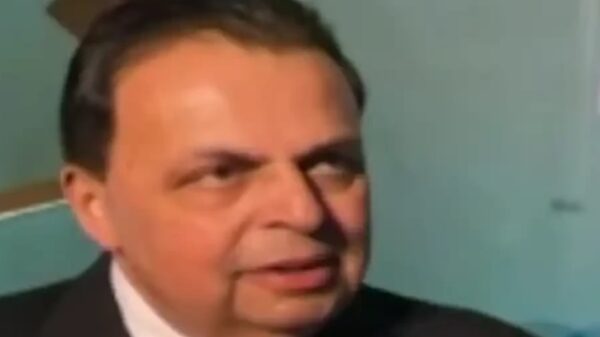There was a decrease of 3.2% from the same period last fiscal year to the first two months of this fiscal year.
Remittances were expected to climb by roughly 8 percent month-over-month in August 2022, but annual inflows were down by 1.5 percent compared to August 202.
Despite a recent monthly decline, remittances have grown phenomenally over the past two years, driven by incentives to formalise the payment channels as well as global and country dynamics in terms of travel restrictions, money transfer, FATF efforts, layoffs and lockdowns, currency depreciation, and fiscal stimuli in the host and countries.

Kingdom of Saudi Arabia, United Arab Emirates, United States of America, and United Kingdom remained the top four sources of remittances to Pakistan.
The soaring price of oil has buoyed economies and foreign investment in the Gulf area.
Nonetheless, rising inflation has been a major factor in the fall of remittances, especially from western countries.
Even if inflation has slowed in the United States, incoming remittances from the United Kingdom and the United States remain at risk over the next several months due to the economic downturn in both countries.
Mahnur is MS(development Studies)Student at NUST University, completed BS Hons in Eng Literature. Content Writer, Policy analyst, Climate Change specialist, Teacher, HR Recruiter.










